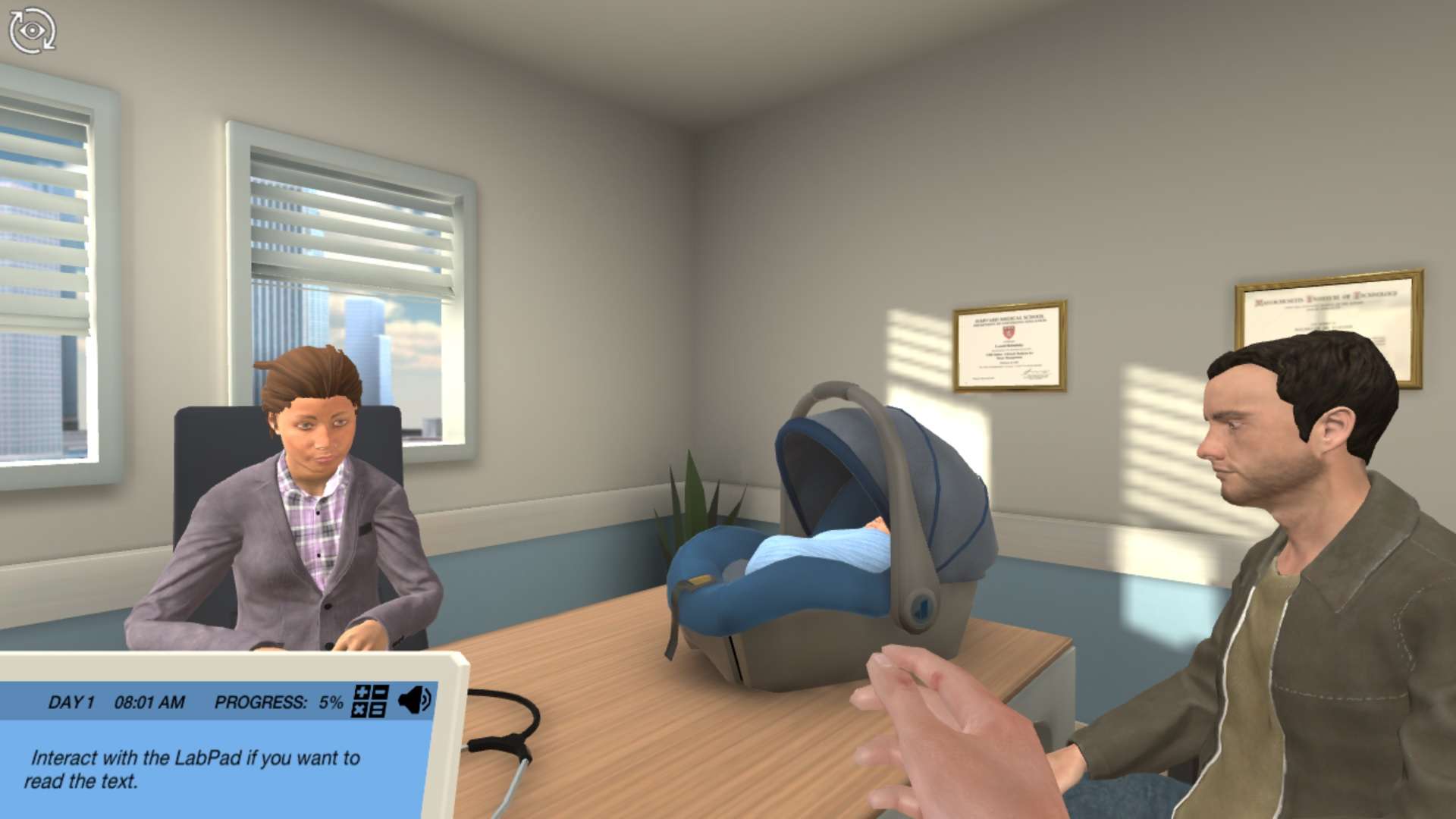Heading 1
Heading 2
Heading 3
Heading 4
Heading 5
Heading 6
Lorem ipsum dolor sit amet, consectetur adipiscing elit, sed do eiusmod tempor incididunt ut labore et dolore magna aliqua. Ut enim ad minim veniam, quis nostrud exercitation ullamco laboris nisi ut aliquip ex ea commodo consequat. Duis aute irure dolor in reprehenderit in voluptate velit esse cillum dolore eu fugiat nulla pariatur.
Block quote
Ordered list
- Item 1
- Item 2
- Item 3
Unordered list
- Item A
- Item B
- Item C
Bold text
Emphasis
Superscript
Subscript
About This Simulation
Turn a mouse intestine inside out and use it to study glucose transport in order to figure out what is wrong with an infant.
Learning Objectives
- Understand the epithelial model for how glucose is transported across the mammalian small intestine
- Perform a glucose assay method
- Use an animal model to study the transport of materials across the intestine
- Describe the effect of blocker ouabain on glucose transport by the small intestine
- Explain the effect of manipulations of mucosal concentrations of glucose and sodium on glucose intestinal transport
- Interpret physiological data and apply to clinical cases
About This Simulation
Lab Techniques
- Use a mouse intestinal everted sac to study epithelial glucose transport between mucosal and serosal sides
- Make an everted intestinal sac
- Glucose assay (oxidase, peroxidase, o-dianisidine)
- Calibration curve
Related Standards
- No direct alignment
- No direct alignment
- 6.1 Digestion and absorption
Learn More About This Simulation
In this simulation, you will help treat an infant who is experiencing diarrhea, and as a consequence, is not gaining weight. She also has elevated blood sodium concentration and glucose in her feces and urine. Dr. Shaw, your supervisor, suspects that her diarrhea is caused by a lack of ability to absorb glucose. In this simulation, you will use a mouse model to study glucose transport and see if data from animal studies can be used to diagnose human diseases.
Make an everted sac
You will use a piece of mouse intestine as your model to study glucose transport between the inner (mucosal) and outer (serosal) sides. To make sure no impurities interfere with your results, you will need to turn it inside out, which you will do via an interactive animation. At the end of the everting procedure, the intestine looks like a sausage!
Study glucose transport by measuring its concentration
Once you have your everted intestinal sac, you will expose both sides to glucose solutions of different concentrations, a sodium-potassium ATPase blocker and a sodium-free saline solution. Then, after measuring the glucose levels on both sides following the treatments, you will analyze your data and be able to understand how active glucose transport in the intestinal epithelium works. A step-by-step interactive summary diagram will help you visualize what happens to all the molecules and transporters involved.
Help diagnose the infant
Once you know how intestinal active glucose transport works and what molecules are involved, you will call Dr. Shaw so that she can confirm your diagnosis and try to treat her little patient.
Will your findings be able to help make the infant well again?
For Science Programs Providing a Learning Advantage
Boost STEM Pass Rates
Boost Learning with Fun
75% of students show high engagement and improved grades with Labster
Discover Simulations That Match Your Syllabus
Easily bolster your learning objectives with relevant, interactive content
Place Students in the Shoes of Real Scientists
Practice a lab procedure or visualize theory through narrative-driven scenarios


FAQs
Find answers to frequently asked questions.
Heading 1
Heading 2
Heading 3
Heading 4
Heading 5
Heading 6
Lorem ipsum dolor sit amet, consectetur adipiscing elit, sed do eiusmod tempor incididunt ut labore et dolore magna aliqua. Ut enim ad minim veniam, quis nostrud exercitation ullamco laboris nisi ut aliquip ex ea commodo consequat. Duis aute irure dolor in reprehenderit in voluptate velit esse cillum dolore eu fugiat nulla pariatur.
Block quote
Ordered list
- Item 1
- Item 2
- Item 3
Unordered list
- Item A
- Item B
- Item C
Bold text
Emphasis
Superscript
Subscript
A Labster virtual lab is an interactive, multimedia assignment that students access right from their computers. Many Labster virtual labs prepare students for success in college by introducing foundational knowledge using multimedia visualizations that make it easier to understand complex concepts. Other Labster virtual labs prepare learners for careers in STEM labs by giving them realistic practice on lab techniques and procedures.
Labster’s virtual lab simulations are created by scientists and designed to maximize engagement and interactivity. Unlike watching a video or reading a textbook, Labster virtual labs are interactive. To make progress, students must think critically and solve a real-world problem. We believe that learning by doing makes STEM stick.
Yes, Labster is compatible with all major LMS (Learning Management Systems) including Blackboard, Canvas, D2L, Moodle, and many others. Students can access Labster like any other assignment. If your institution does not choose an LMS integration, students will log into Labster’s Course Manager once they have an account created. Your institution will decide which is the best access method.
Labster is available for purchase by instructors, faculty, and administrators at education institutions. Purchasing our starter package, Labster Explorer, can be done using a credit card if you are located in the USA, Canada, or Mexico. If you are outside of North America or are choosing a higher plan, please speak with a Labster sales representative. Compare plans.
Labster supports a wide range of STEM courses at the high school, college, and university level across fields in biology, chemistry, physics, and health sciences. You can identify topics for your courses by searching our Content Catalog.















